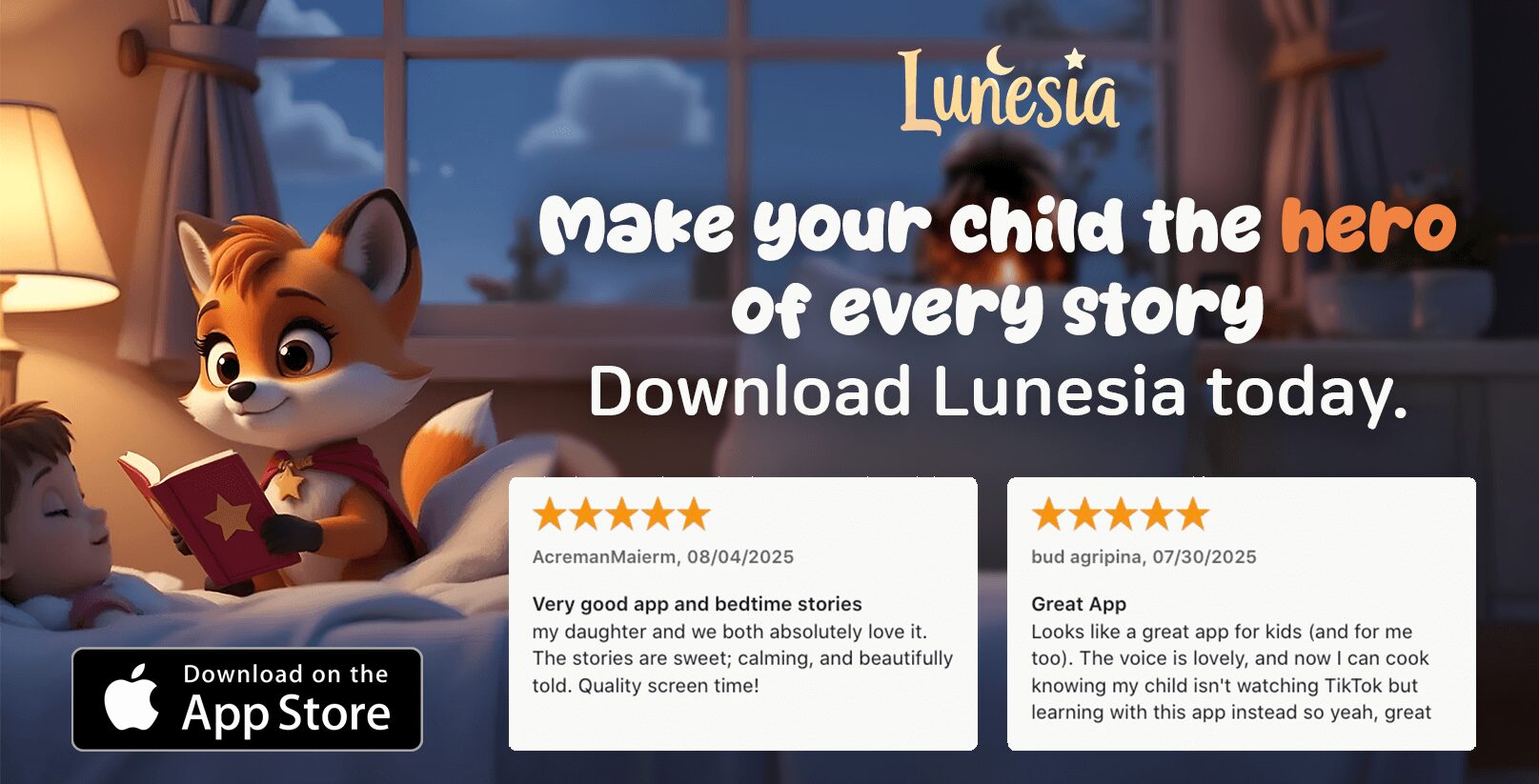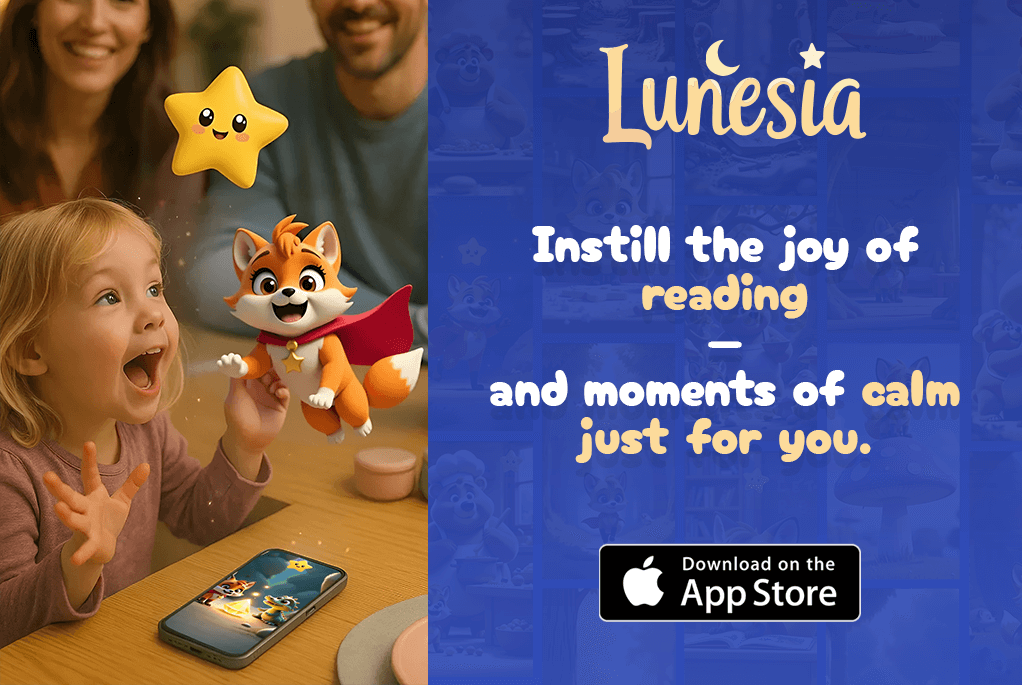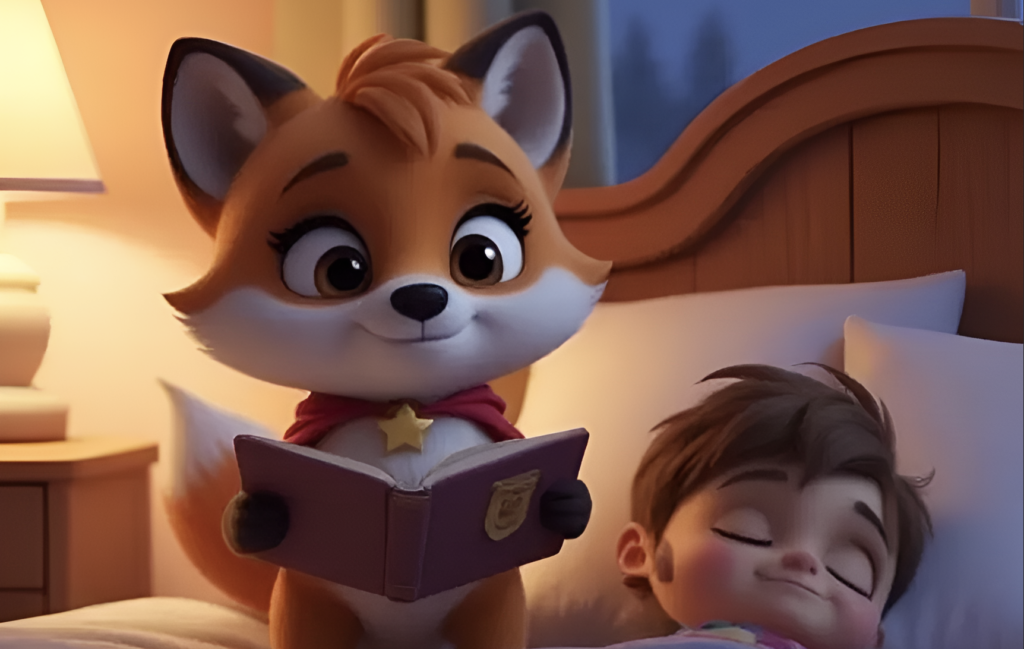Have you ever watched a child so engrossed in a game that they forget the world around them? I have. It’s magical. But what if that same focus could be directed toward learning? That’s where gamification comes in. It’s not just about fun—it’s about creating experiences that stick.

Today, apps are transforming how we learn. They blend game mechanics with educational content, making it feel like play. This approach taps into our natural curiosity and desire for competition. It’s no wonder that over 2.2 billion mobile gamers are drawn to these tools.
Take classroom sticker systems or supermarket contests, for example. These real-world examples show how gamification boosts engagement. It’s not just for kids, either. Adults are finding value in these methods too. The key is understanding what drives us as users—our need for rewards, challenges, and progress.
So, whether you’re a parent, teacher, or lifelong learner, there’s something here for you. Let’s explore how these tools can make learning feel like an adventure.
Introduction to Gamified Story Apps
Ever noticed how games can hold attention better than textbooks? That’s the power of gamification. It’s about taking game-like elements—badges, levels, and leaderboards—and using them in non-game contexts. This approach makes learning feel like an adventure, not a chore.
Did you know that 13.66% of App Store apps are games? With over 2.2 billion mobile gamers worldwide, it’s clear that games dominate the market. This isn’t just about entertainment. It’s about creating an experience that keeps users engaged and motivated.
What makes gamification so effective? It taps into psychological hooks like FOMO (fear of missing out), social proof, and the dopamine hit from achievements. These elements drive us to keep coming back for more. For example, think about how teachers use sticker reward systems in classrooms. It’s a simple form of gamification that encourages positive behavior.
Apps like Duolingo take this concept further. They turn language learning into quest-based adventures. Every lesson feels like a step toward a bigger goal. This approach not only makes learning fun but also boosts the ability to retain information.
So, whether you’re a parent, teacher, or lifelong learner, gamification offers a fresh way to make content engaging. It’s about turning challenges into opportunities and learning into an unforgettable experience.
Why Gamification Works in Education
What makes learning stick? It’s not just repetition—it’s engagement. Gamification taps into our natural desire for challenges and rewards, making education feel less like a chore and more like an adventure. But what’s the science behind it?

The Science Behind Gamification
Research shows that dopamine, the brain’s reward chemical, plays a key role in sustaining engagement. When we achieve a goal or level up, our brain releases dopamine, creating a sense of accomplishment. This cycle keeps us motivated to push forward.
Take Khan Academy’s “energy points” system, for example. Students earn points for mastering skills, turning learning into a rewarding experience. This approach not only boosts engagement but also helps retain information longer.
Another great example is CodeCombat, a coding RPG where students level up their programming skills by completing challenges. Each level represents tangible progress, making complex concepts feel achievable.
Then there’s the Forest app, which uses virtual trees to encourage focus. Every completed task grows a tree, creating a visual representation of achievement. This simple yet effective method taps into our need for tangible rewards.
Finally, Classcraft ties avatar health to real-world habits, blending social-emotional learning with gamification. Students learn to manage their behavior while having fun, proving that learning can be both engaging and impactful.
By understanding the science behind gamification, we can create tools that make learning not just effective but enjoyable. Whether it’s earning points, leveling up, or growing virtual trees, these methods turn education into an unforgettable experience. For more insights, explore gamification in education.
Top Gamified Story Apps for Learning
Learning doesn’t have to feel like a chore—it can be as exciting as unlocking a new level in your favorite game. Today, innovative apps are transforming education by blending fun with knowledge. These tools use rewards, challenges, and progress tracking to keep users engaged and motivated.
Duolingo: Language Learning Made Fun
Duolingo is a standout app that turns language learning into an adventure. Users earn lingots for maintaining streaks and can compete in leaderboards to stay motivated. The storytelling modules make learning feel like an interactive experience.
- Earn points for daily practice.
- Unlock new levels and challenges.
- Compete with friends for added fun.
Khan Academy: Mastering Subjects with Gamification
Khan Academy uses a cosmic skill tree system to help students master subjects. Advanced learners can earn Black Hole badges for tackling complex math problems. This approach makes learning feel like a journey through the stars.
- Track progress with skill trees.
- Earn badges for advanced mastery.
- Learn at your own pace.
For more insights into how these tools can transform education, check out this comprehensive guide on gamification in education.
How Gamified Apps Enhance Productivity
What if staying on track with your goals felt as rewarding as winning a game? That’s the magic of blending productivity tools with game-like elements. These tools turn everyday tasks into engaging challenges, helping you stay focused and motivated.
Imagine growing a digital forest just by avoiding distractions or leveling up your character by completing real-world chores. These methods tap into our natural desire for rewards and progress, making it easier to manage our time effectively.
Forest: Staying Focused with Gamification
Forest is a unique app that helps you stay focused by growing virtual trees. Every time you avoid checking your phone, a tree grows. If you give in to distractions, the tree dies. This simple yet powerful mechanic encourages you to track your focus and build a lush digital forest over time.
It’s not just about avoiding distractions—it’s about creating a visual representation of your productivity. Watching your forest grow can be incredibly motivating, turning focus into a rewarding experience.
Habitica: Turning Habits into a Game
Habitica takes a different approach by turning your daily tasks into a role-playing game. You create an avatar and earn rewards for completing chores, exercising, or meeting your goals. If you fail to complete a task, your avatar loses health.
What makes Habitica stand out is its social aspect. You can join parties with friends and complete quests together. If one member doesn’t do their part, the whole group suffers. This adds a layer of accountability, making it easier to stay on track.
Whether you’re growing trees or leveling up your avatar, these tools prove that productivity doesn’t have to feel like a chore. By turning challenges into games, they help you achieve your goals while having fun.
The Role of Gamification in Health and Wellness
Ever thought about turning your health goals into a game? Gamification is transforming how we approach fitness and wellness. By adding elements like rewards and challenges, these tools make it easier to stick to healthy habits and track progress.

Fitbit: Gamifying Fitness
Fitbit takes fitness tracking to the next level with its badge system. For example, the Serengeti badge is awarded for walking 500 miles. This simple yet effective method keeps users motivated by turning exercise into a series of challenges.
Another exciting feature is the National Park badges. Completing 100,000 steps in a week earns you the “Hike Yosemite” badge. These rewards not only encourage physical activity but also make fitness fun and engaging.
MySugr: Managing Diabetes with Gamification
MySugr uses gamification to help users manage diabetes. The app introduces a “diabetes monster” that users must tame by logging their blood sugar levels. This creative approach turns a daily habit into an interactive challenge.
By making diabetes management more engaging, MySugr helps users stay on top of their health. The app’s playful design and reward system make it easier to stick to a routine, proving that even serious health issues can be approached with a touch of fun.
| App | Key Feature | Gamification Element |
|---|---|---|
| Fitbit | Badge System | Earn badges for milestones like walking 500 miles |
| MySugr | Diabetes Monster | Tame the monster by logging blood sugar levels |
Implementing Gamification in Your App
Have you ever considered turning everyday tasks into engaging challenges? Gamification can transform how users interact with your software, making it more enjoyable and effective. By integrating game-like elements, you can boost engagement and retention on your platform.
Key Gamification Elements
To create a successful gamified experience, focus on these core elements:
- Badges: Recognize achievements with visual rewards.
- Levels: Create a sense of progression and accomplishment.
- Points: Encourage consistent engagement with a scoring system.
- Currency: Allow users to redeem rewards for their efforts.
These features tap into our natural desire for recognition and progress, making your app more engaging.
Best Practices for Gamification
When implementing gamification, keep these best practices in mind:
- Progress Dashboards: Tools like Khan Academy use dashboards to show users their growth.
- Redeemable Rewards: Duolingo’s lingots encourage users to stay consistent.
- Social Integration: GooseChase uses team leaderboards to foster collaboration.
- Ethical Design: Forest plants real trees for user achievements, avoiding exploitative reward schedules.
By following these practices, you can ensure your development process creates a meaningful and ethical experience for users.
| Tool | Feature | Gamification Element |
|---|---|---|
| Xperiencify | FOMO Triggers | Encourages immediate action with time-sensitive rewards |
| Genially | Interactive Escape Rooms | Makes learning immersive and fun |
| Study Bunny | Simple Coin System | Rewards users for completing flashcards |
Conclusion
Gamification has proven to be a powerful tool across various fields. From Duolingo making language learning fun to Forest helping users stay focused, these tools create engaging experiences. Even health-focused platforms like MySugr turn daily habits into interactive challenges.
Remember, gamification enhances but doesn’t replace core content. Start small—add progress bars or simple rewards to your existing features. Emerging trends like AR geography quests and AI-powered challenges are shaping the future of this approach.
Ready to explore? Try one app from each category—education, productivity, and health. You’ll see how a touch of gamification can transform your routine. For more insights on language learning, check out this comprehensive guide.
FAQ
What are gamified story apps?
Gamified story apps combine storytelling with game-like elements such as points, rewards, and challenges to make learning engaging and interactive. They turn lessons into fun experiences while teaching valuable skills.
Why is gamification effective in education?
Gamification taps into our natural desire for achievement and progress. By incorporating tasks, rewards, and a sense of accomplishment, it motivates users to stay focused and retain information better.
Can gamified apps improve productivity?
Absolutely! Apps like Forest and Habitica use gamification to help users stay on track with their goals. By turning tasks into games, they make productivity feel less like work and more like play.
How do gamified apps support health and wellness?
Apps like Fitbit and MySugr use gamification to encourage healthy habits. They track progress, offer rewards, and create challenges to keep users motivated in their fitness or health management journey.
What are the key elements of gamification?
Key elements include points, badges, levels, challenges, and rewards. These features create a sense of progress and achievement, making the experience more engaging and enjoyable.
How can I implement gamification in my app?
Start by identifying your users’ goals and interests. Incorporate elements like rewards, progress tracking, and challenges to create a system that encourages participation and keeps users motivated.
Are gamified apps suitable for all age groups?
Yes! Gamified apps can be tailored for children, students, or adults. They’re versatile tools that make learning, productivity, and health management enjoyable for everyone.



